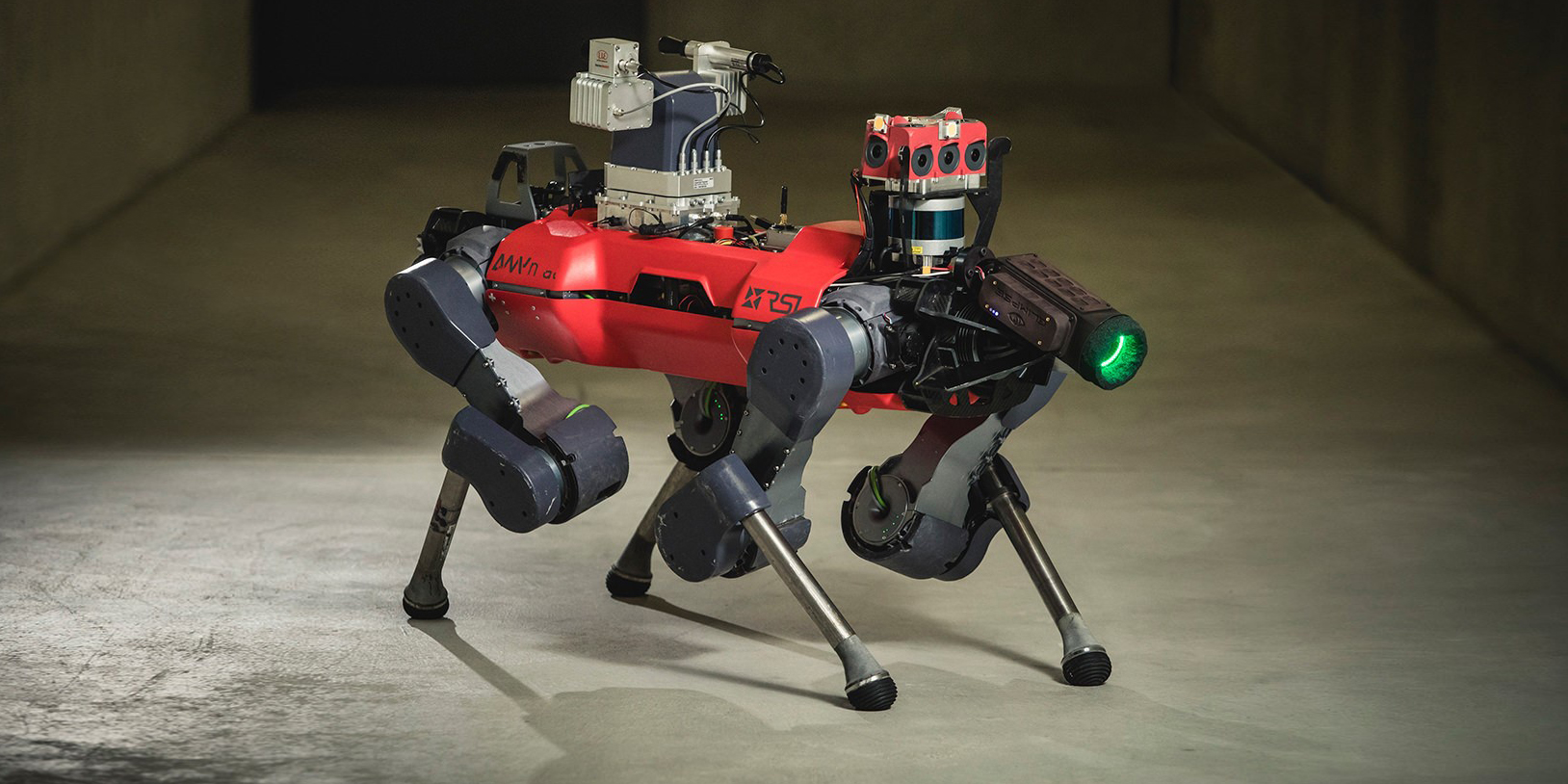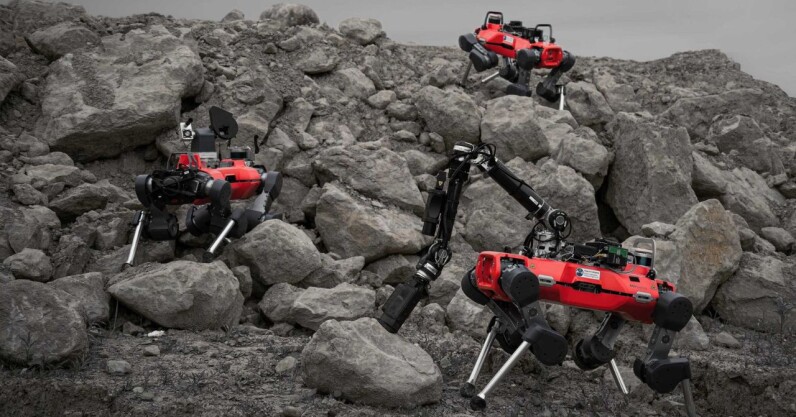Solitary lunar rovers have been invaluable to our efforts exploring the Moon. But a group of scientists led by ETH Zurich is now looking at sending an entire squad of robots that collaborate and complement each other instead.
To test the idea, the researchers used three ANYmal robots — a type of four-legged, dog-like robot developed at the ETH. They gave them different tasks and specialties and fitted them with the respective equipment.
“Using multiple robots has two advantages,” explained Philip Arm, a doctoral student in the group. “The individual robots can take on specialised tasks and perform them simultaneously. Moreover, thanks to its redundancy, a robot team is able to compensate for a teammate’s failure.”
To ensure a well-balanced team, the scientists equipped two of the robots as “specialists” and the third one as a “generalist.”

The first specialist was programmed to map the terrain and classify the geology, using a laser scanner and multiple cameras. The second specialist was taught to identify rocks, fitted with a Raman spectrometer and a microscopy camera. Meanwhile, the generalist was equipped to both map the terrain and identify rocks, but with less precision.

The <3 of EU tech
The latest rumblings from the EU tech scene, a story from our wise ol’ founder Boris, and some questionable AI art. It’s free, every week, in your inbox. Sign up now!
“This makes it possible to complete the mission should any one of the robots malfunction,” Arm said.
You can see the robots in action on the video below:
